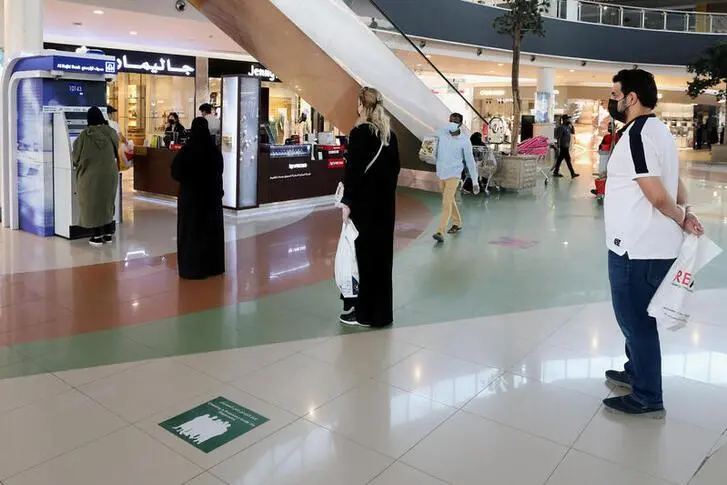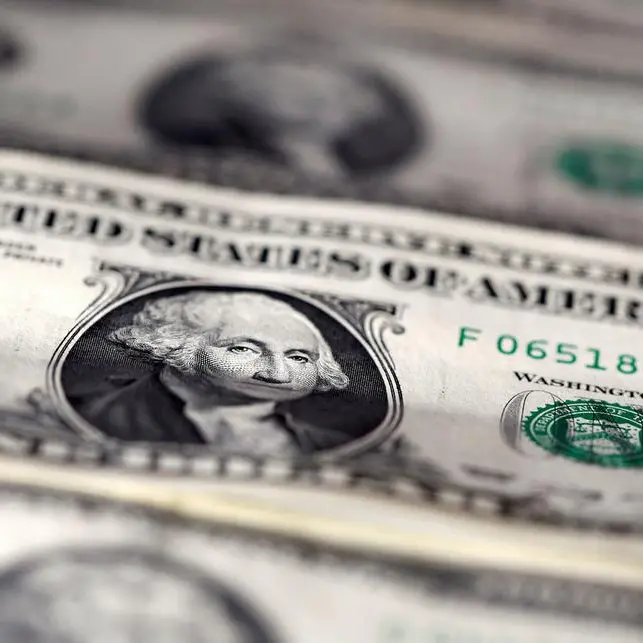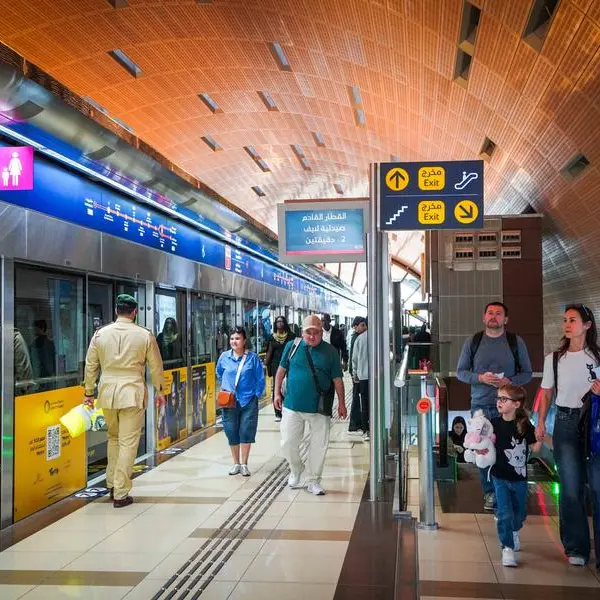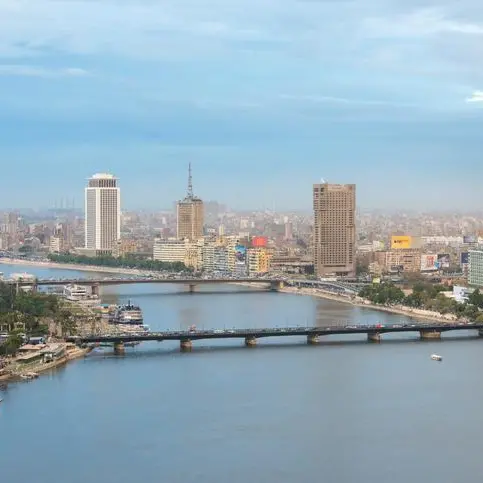PHOTO
Saudi Arabia’s retail sector is still reeling from the effects of the COVID-19 pandemic, with rental prices at various properties falling over the last several months, a new report by property consultants Knight Frank suggests.
Footfalls across shopping malls and retail shops have fallen sharply in the kingdom due to the restrictions imposed on international visitor arrivals. The state has recently eased its precautionary measures by allowing the entry of visitors from over 40 destinations.
In its latest review, Knight Frank said headline lease rates in prime shopping malls across the country dropped by between one percent and five percent over the last 18 months. During the second quarter alone, retail spaces at popular shopping malls in Riyadh, Jeddah and Dammam Metropolitan Area (DMA) declined by between 1.5 percent and 3 percent.
“Hugely reduced footfall as a result of the pandemic and repeated restrictions on international arrivals has been a double whammy for the retail market. That said, the reopening of the border to tourists from 49 nations this week, combined with ‘revenge spending’ from surging domestic tourism, may help cushion the market from further sharp declines,” said Faisal Durrani, partner and head of Middle East research at Knight Frank.
Saudi Arabia’s retail market has been one of the largest in the Middle East region, buoyed by a huge population.
The latest data from the Saudi Central Bank (SAMA) showed that there has been an improvement in consumer spending since the pandemic started and this has been due to the easing of restrictions.
During the first quarter of this year, spending went up by 2.1 percent to 261 billion riyals ($69.6 billion), compared to 256 billion riyals over the same period last year. The food and beverage sector recorded the biggest increase, up by 35 percent to 17.4 billion riyals. Across restaurants and cafes, expenditures went up by 58.5 percent.
“This relative outperformance is linked in part to the slight easing of lockdown restrictions, which boosted footfall across the kingdom’s food and beverage outlets,” Knight Frank’s report said.
Hospitality
As for the hospitality market, there are signs of improvement after international tourism “has been severely curtailed”, according to Knight Frank. The number of hotel rooms in the kingdom is expected to increase, particularly in Jeddah, where room supply is poised to grow by 64 percent by the end of 2023 to 20,600 rooms, higher than Riyadh and DMA combined.
“Nationals are travelling in greater numbers around the kingdom, helping to support the sector in some locations. Jeddah has emerged as a particular standout market, outperforming the rest of the country,” said Durrani.
“The principal driver has been the resumption of Umrah pilgrimage as well as the recent Eid holidays, with occupancy levels so far this year averaging 50 percent, well above the national average.”
Durrani also attributed the positive trend to the opening of the Jeddah Islamic Port cruise terminal in July.
Residential
Within the residential segment, properties continue to outperform on the back of strong demand for home ownership. “The government’s various initiatives, such as Sakani and Wafi, are continuing to contribute to an acceleration in home ownership rates across the kingdom,” the report said.
Some 155,000 new homes are expected to be completed in Saudi Arabia before the end of 2023, boosting the supply across Riyadh, Jeddah and DMA. Apartment values in the capital are also accelerating at the fastest rate, growing by 7.6 percent year on year, the fastest since 2017.
(Reporting by Cleofe Maceda; editing by Seban Scaria)
This article is provided for informational purposes only. The content does not provide tax, legal or investment advice or opinion regarding the suitability, value or profitability of any particular security, portfolio or investment strategy. Read our full disclaimer policy here.
© ZAWYA 2021





















